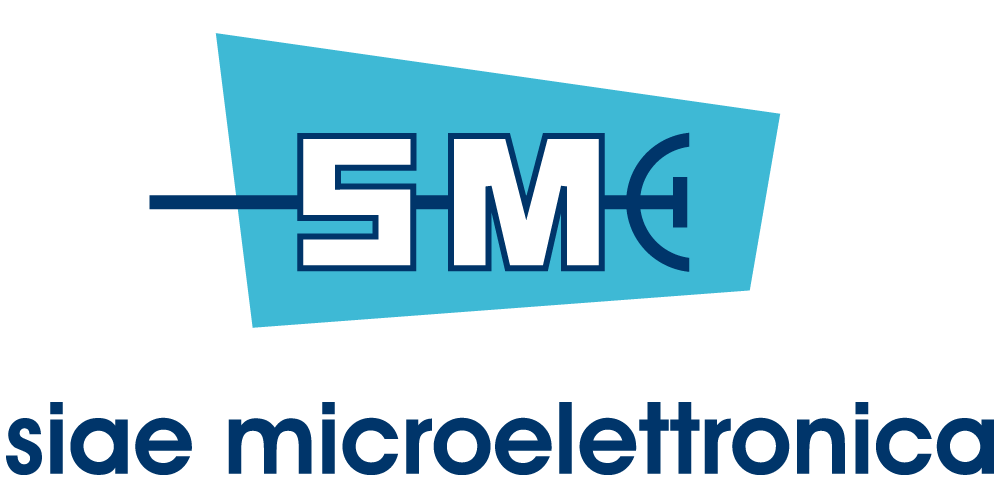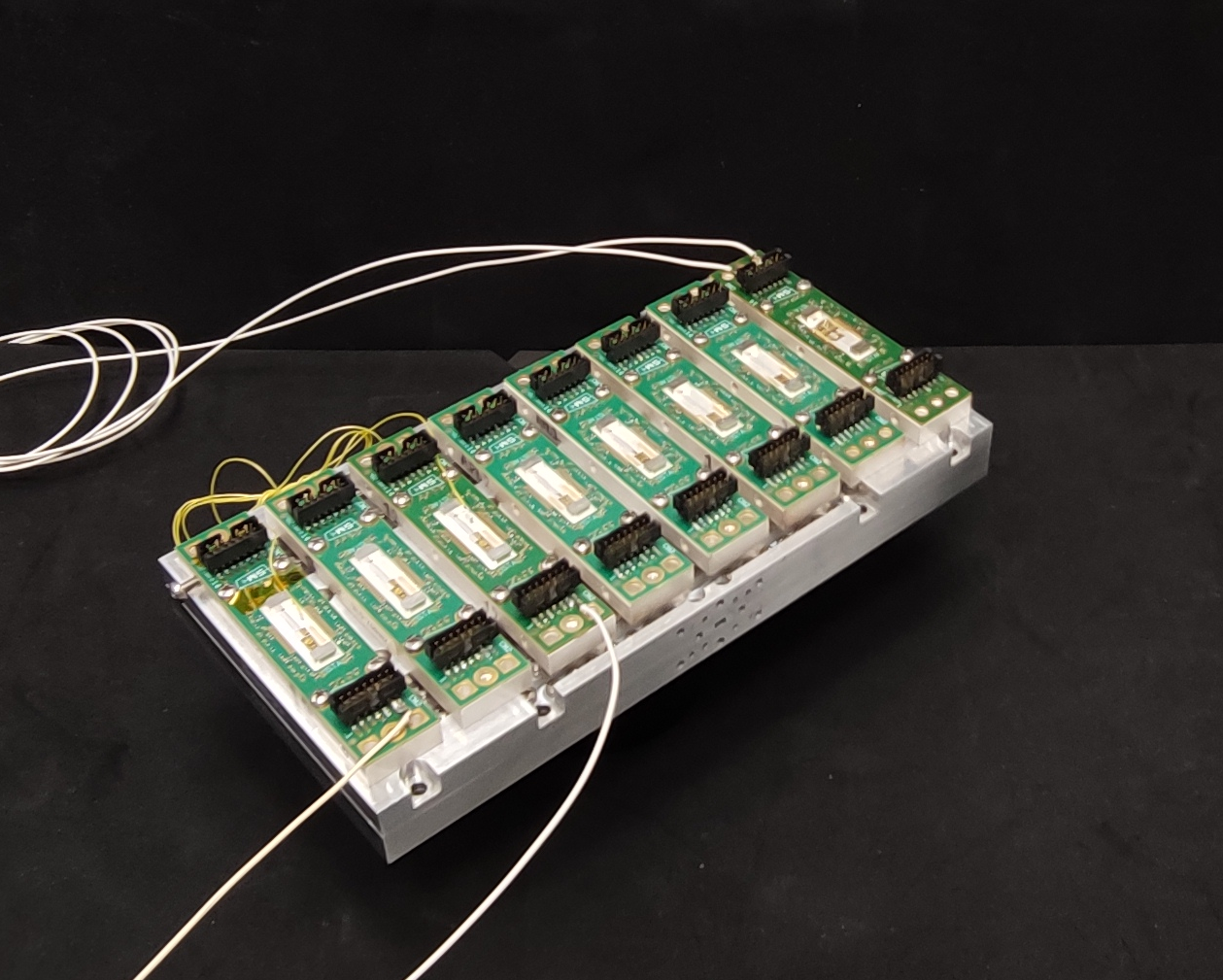
-
StatusCompleted
-
Status date2025-03-25
-
Activity Code5C.381
The main objective of this activity is to enable inter-satellite communication link at 5000 km distance and with up to 10 Gbps capacity. In order to achieve the required data rate and link length, the main technical objective is to increase both the bandwidth and the transmitted power. In the first case, a greater bandwidth availability allows the use of wider frequency channels. In the second case, the idea is to allow the use of higher-order modulations, increasing the number of bits per symbol. The overall result derived from the combination of these two approaches allows to reach the target requirements. This PA is able to provide 10W of output power measured at P1dB over the whole 59-71 GHz frequency band ensuring enough power and linearity to enable communication link up to 5000 km with enough linearity to work with highly complex modulated signals. In Fig 1 the whole amplifier, in Fig 2 a single PA module.
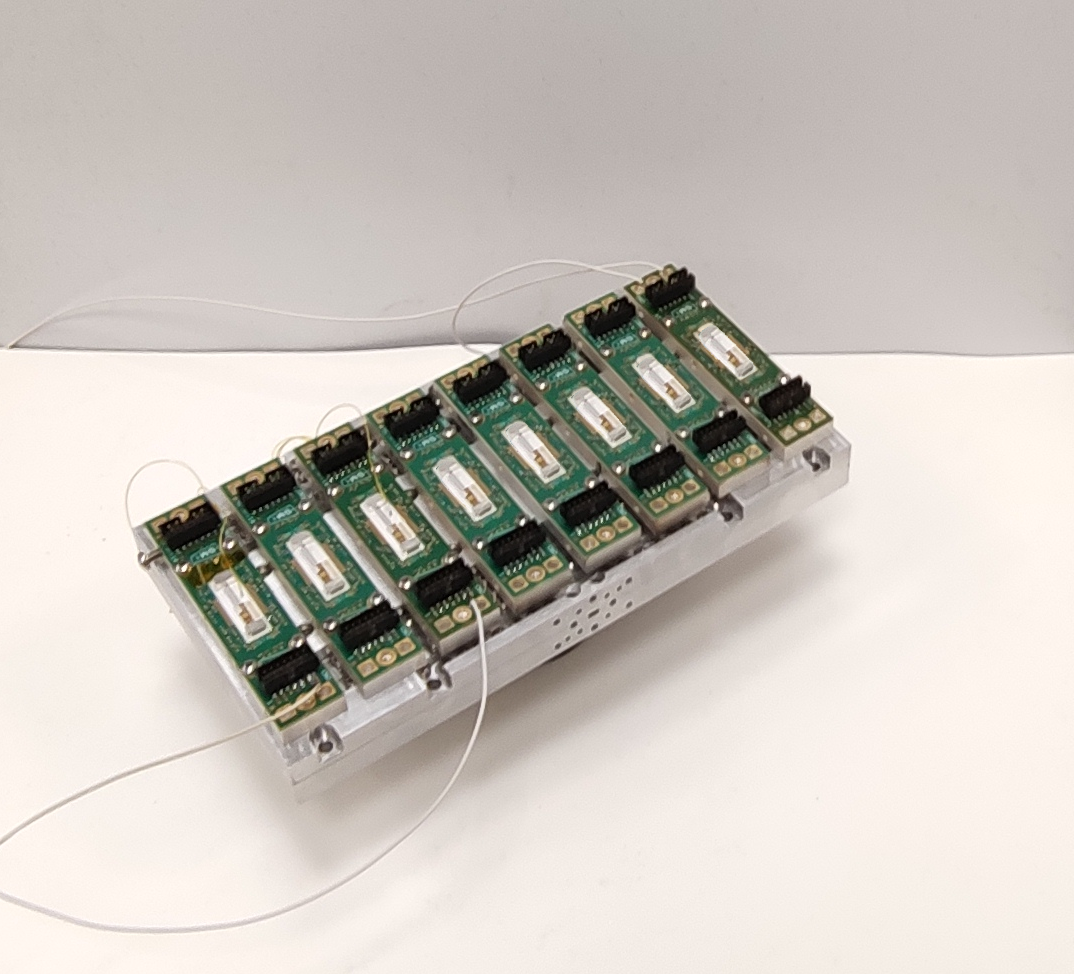
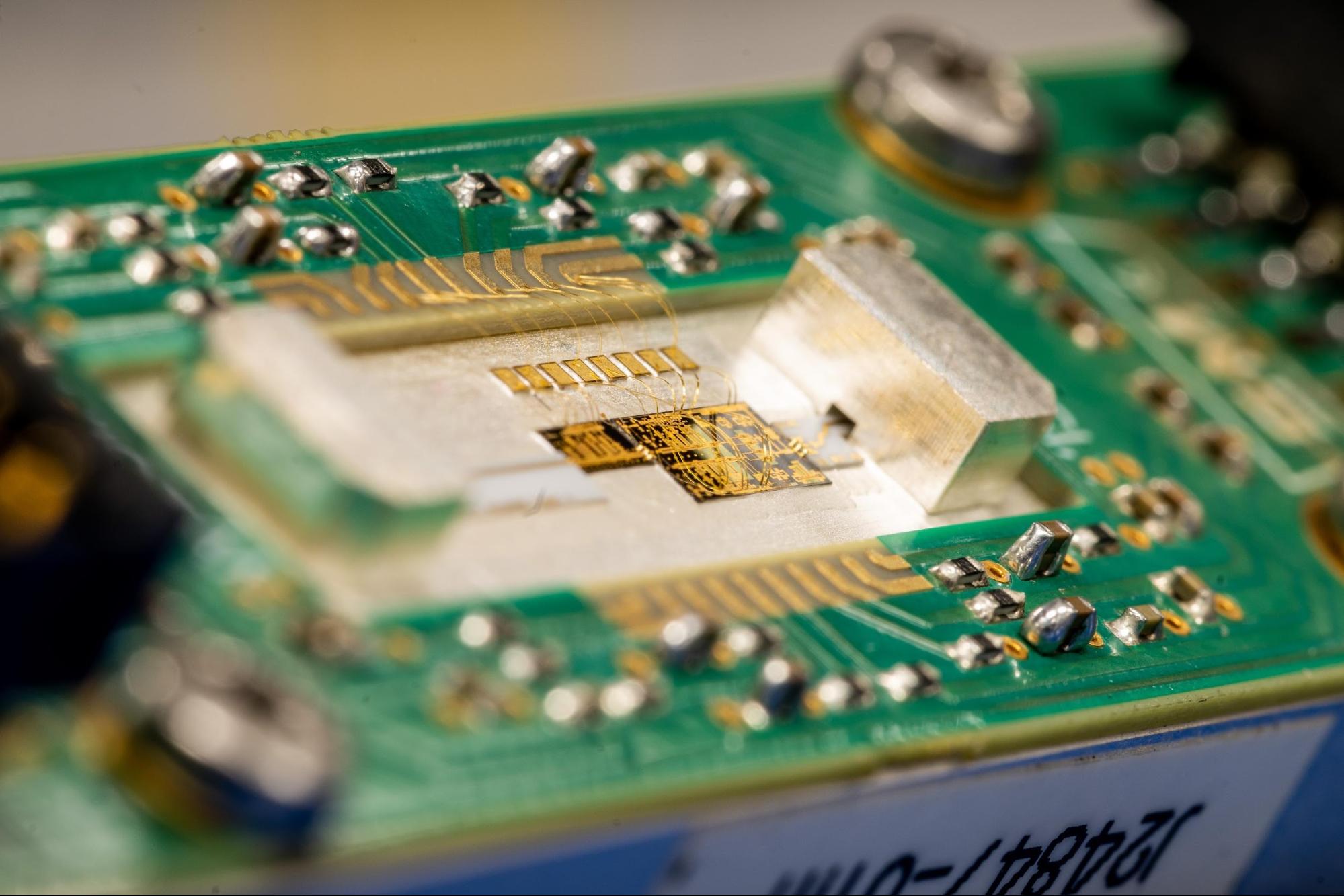
This project combines three challenging requirements: high output power at high frequency and over wide bandwidth. GaN/SiC processes are able to provide high output power with sufficient gain at V-band, but the required value of P1dB cannot be achieved with a single device. The high power amplifier combines 8 GaN module in a waveguide structure. To minimize the risks involved with this project two different PA have been designed and manufactured using two different GaN processes from Fraunhofer (0.1µm and 0.15µm gate length), moreover transistor model accuracy and device reliability have been evaluated by University of Ferrara.
This amplifier exploits the frequency range between 59 GHz and 71 GHz where wide band channels can be accommodated. The achieved output power of 10 W at P1dB ensures enough linearity and power to work with high complex modulated signals and enable thousands km distance inter-satellite communication. Compared with actual systems, current links achieve 1 – 2 Gbps of data rate. Higher values can be obtained by means of optical inter-satellite links. The use of optical ISL allows to achieve up to 1.8 Gbps over long distances and 5.625 Gbps over short distances. The main drawbacks of the optical systems are the presence of several complex challenges, such as stringent thermal control and pointing accuracy requirements, together with the performance of the components and the recurrent cost of equipment. The proposed system could provide a significant reduction of the equipment recurrent cost.
Main features:
-
0.1 µm GaN/SiC process from Fraunhofer IAF
-
Pout= 10 W at P1dB
-
Frequency: 59-71 GHz
-
Gain: 23 dB
-
WR15 I/O interface
-
Waveguide 8 way combiner
-
MMIC based on Doherty architecture
-
Flat back-plane to ease dissipation with heat-sink
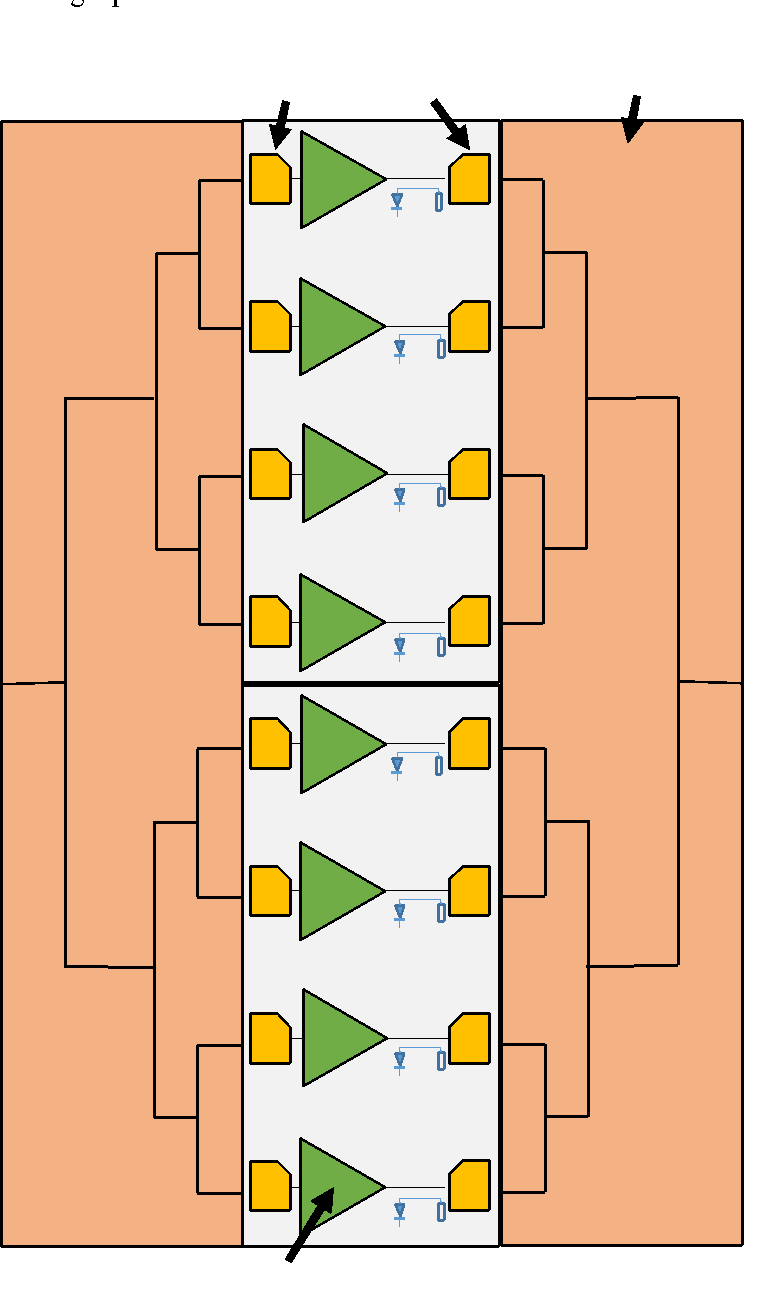
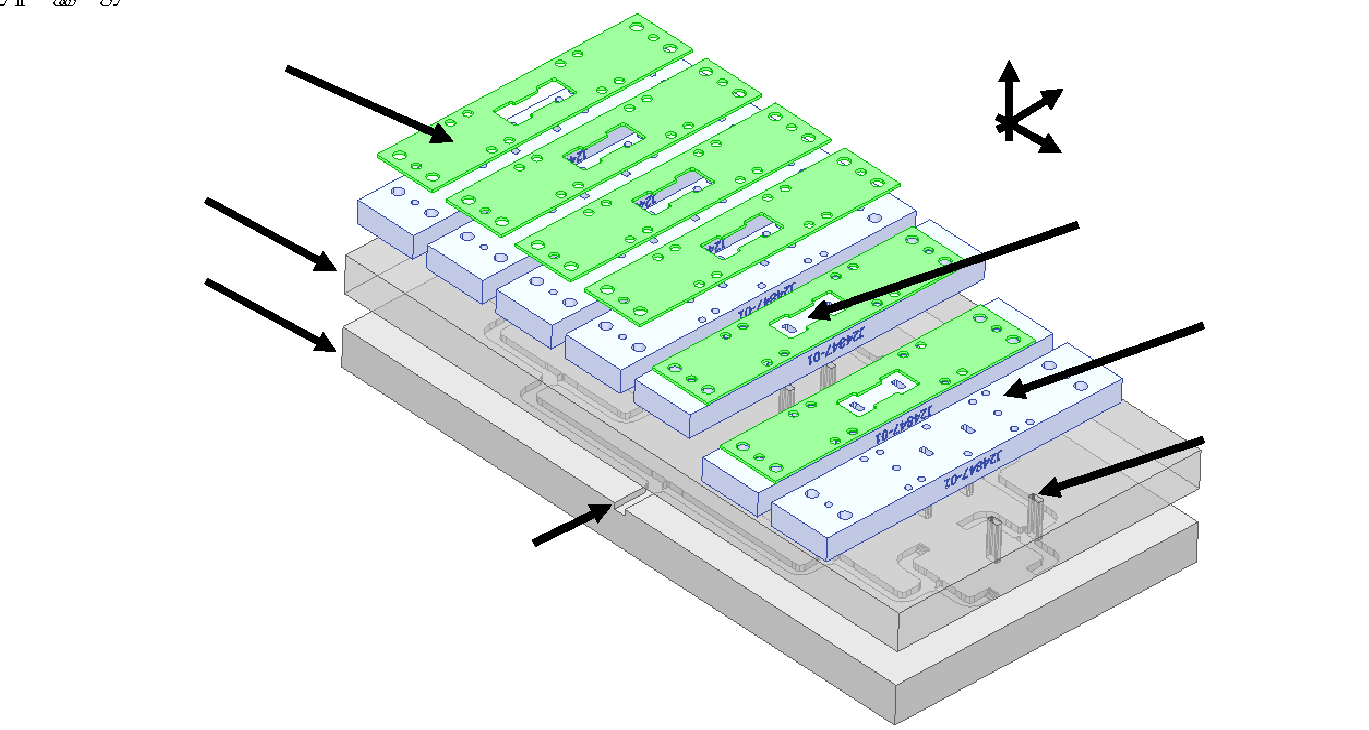
The required output power of 10 W at V-band cannot be achieved using a single device with current IC technology. 8 modules are combined to reach the specified power: this is a trade off because increasing the number of elements determines an increased loss and complexity of the output network. The modules number is a consequence of the available power from a single device that is about 33 dBm and the estimated loss of the network that is below 1 dB. Different option were available to realize the combination network: the final selected solution relies on a standard WR15 metallic hollow waveguide branching with three binary levels of H-plane tees. The choice of avoiding balancing resistors guarantees the best insertion loss and lower manufacturing complexity. Furthermore, the planar architecture selected leaves a completely flat surface on the back to ease heat dissipation.
The selected technology for PA is a 0.1 µm GaN/SiC from Fraunhofer, fT/ fMAX are 80 GHz and 200 GHz respectively, with output power up to 2W/mm. Monolithic amplifier is based on a Doherty architecture to have higher P1dB and PAE. In Fig 1 the schematic architecture and in Fig. 2 a 3D model of the amplifier.
The specification of the front-end HPA (High Power Amplifier) are derived from the ones given by ESA for the full Solid State Power Amplifier. The first activity in the plan is design of the Critical Elements as integrated circuits, combiner/splitter, the transition between MS line and waveguide. Test of these elements follows: any deviation from expected results should be analysed to evaluate its impact on overall performances, eventually the part should be re-designed. When critical elements performances are satisfactory, the HPA can be assembled and fully tested.
Project has been completed with the manufacturing and test of a High Power Amplifier realized using integrated circuits on 0.1µm Ga/SiC process. Measurements demonstrates an output power of 10 W at P1dB over the whole frequency band, the small signal gain is 23 dB.



